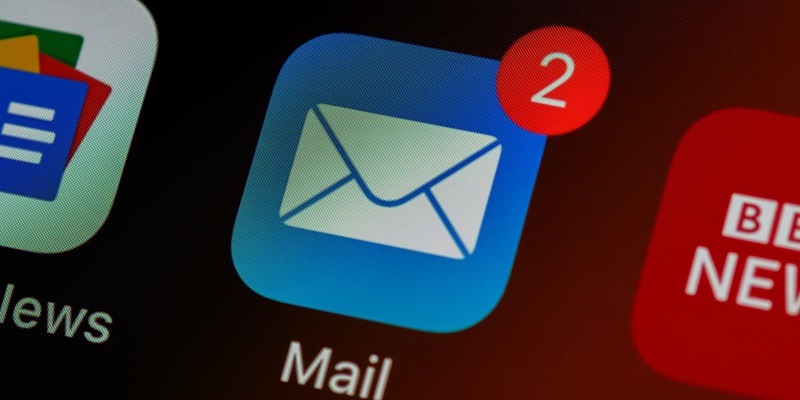If you’re not practicing email segmentation for nonprofits, you’re missing a big opportunity to deepen relationships and widen your reach. Email segmentation is a crucial strategy that allows nonprofits to tailor their messages to specific groups of recipients. By doing so, you can effectively engage your audience, increase open rates, and ultimately drive more conversions.
How it Deepens Relationships and Widens Reach
The practice of email segmentation for nonprofits relies on the marketing focus on your target audience. By dividing your email list into smaller segments, you can send personalized and targeted messages that resonate with each group. This approach leads to stronger connections with your supporters and helps you expand your reach by catering to their specific interests and needs.
Focus on the Target Audience
When you have a large email list you’ve steadily grown over time, that’s simply too large of an audience for an effective email strategy. Instead, you need to identify your target audience and segment it based on demographics, interests, engagement levels, and other relevant factors. This way, you can tailor your messages effectively to specific subsets of your supporters.
Challenges of Having a Large Email List
Managing a large email list without segmentation can be overwhelming. It often results in generic, one-size-fits-all messages that fail to resonate with recipients. By segmenting your list, you can organize and prioritize your contacts, ensuring that your messaging is relevant and impactful.
Creating an Infrastructure For an Email Marketing Strategy
The goal is to create an infrastructure to build an email marketing strategy that focuses on personalized communication with your supporters. By understanding their specific preferences and needs, you can deliver content that resonates, captures attention, and drives engagement.
Benefits of Narrowing Target Focus
The reason you want to narrow the target of your focus for all nonprofit emails is that there is value in getting your email recipients to feel like they have a real connection with your organization. By tailoring your messages to their interests, you demonstrate that you understand and appreciate their support, enhancing their loyalty and commitment to your cause.
Nonprofits’ Advantage in Email Open Rates
Already, nonprofits enjoy an overall better open rate for emails than other kinds of businesses. This positive engagement provides a strong foundation for leveraging email segmentation to further improve open rates and engagement.
The Importance of Personal Connection
To improve the success of every phase of email marketing for nonprofits, divide your big email list into smaller segments. This allows you to strategically send messages to specific, smaller groups so you can share exactly what the person wants and needs to know. By creating a sense of personal connection, you increase the likelihood of recipients opening and engaging with your emails.
Divide the Big Email List into Smaller Segments
Breaking up your email list allows you to categorize your recipients based on factors such as location, donation history, volunteer involvement, or specific areas of interest. This segmentation enables you to craft targeted messages that speak directly to the recipients’ motivations and preferences.
Benefits of Sending Targeted Messages
When you employ email segmentation in your campaign, you’ll only send messages intended for specific groups of people. This increases the relevance of your emails and leads to improved open rates, click-through rates, and overall engagement. By tailoring your content specifically to each segment, you demonstrate that you understand and value your supporters’ unique interests and needs.
The Importance of Financial Support
In nonprofits, we don’t talk much about increasing sales conversion rates, but it’s another way of looking at the journey a person takes, from learning about your organization to supporting it financially. By applying email segmentation, you can guide individuals along this journey more effectively and increase the likelihood of them becoming financial backers of your cause.
Viewing the Journey from Awareness to Financial Backing
Email segmentation allows you to send targeted messages to individuals at different stages of their involvement with your organization. By tailoring your content to match their level of engagement, you can nurture them towards becoming active donors or supporters. This personalized approach enhances the overall experience and increases the chances of converting supporters into dedicated contributors.
Sending Messages to Specific Groups
To implement email segmentation successfully, you need to identify key segments within your supporter base. This could include categories such as volunteers, past donors, event attendees, or individuals interested in specific programs or campaigns. By sending targeted messages to these groups, you ensure that your content is relevant and meaningful to each recipient.
Customizing Content Based on Recipients’ Needs
Beyond simply segmenting your email list, you must also customize the content of your messages to suit each group. Tailor your language, tone, and call-to-action based on the recipients’ interests and motivations. The more personalized and relevant your emails are, the higher the chances of recipients engaging with them and taking the desired action.
Email segmentation for nonprofits offers numerous benefits, including deeper relationships with supporters, wider reach, increased open rates, improved engagement, and higher conversion rates. By segmenting your email list and customizing your messaging, you can effectively connect with your supporters on a personal level and inspire them to further support your cause.

